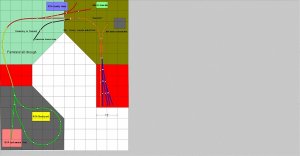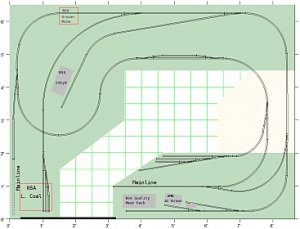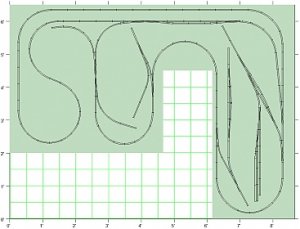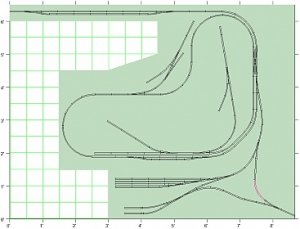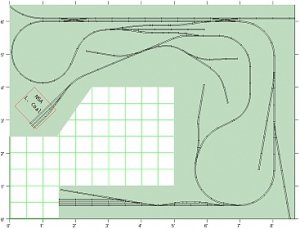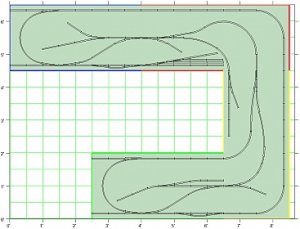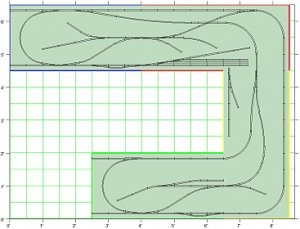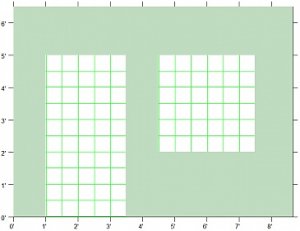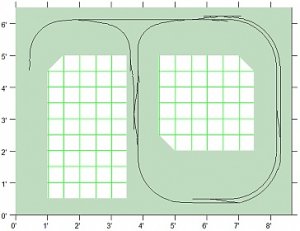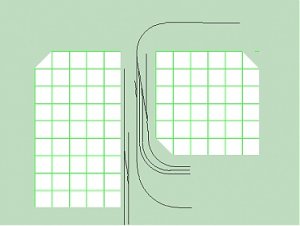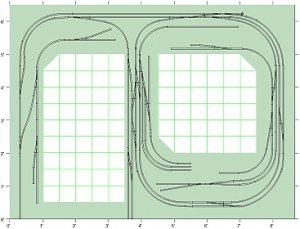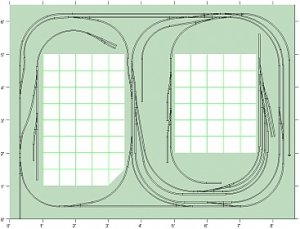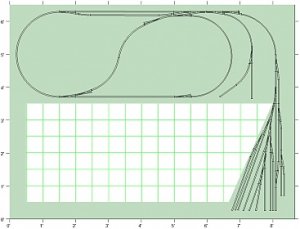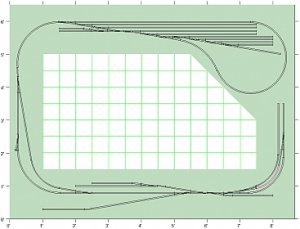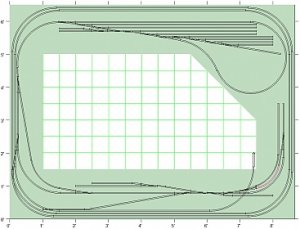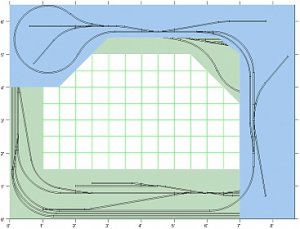Givens and Druthers:
P & PDV RR
N Scale, Std Gauge
Late 50s to Early 70s era
Most likely freelance shortline, rural setting
Space: 78"x108" basement room
I'm probably most interested in building and modeling, but dioramas aren't enough. I'd like to actually feel like I'm making some deliveries to my industries, servicing a small area with enough variety to make it worth firing up the trains. I know I get bored pretty quickly with looping and doing n-scale NASCAR with trains, but I'd like to be able to turn my trains around, and given the small space I know I probably need some less obvious loops in order to feel like the trains are going anywhere. I know we'll be selling our house in a few years, so it's probably just as well that my first permanent layout not be open to the huge basement of dreams. I'd like to have space for my buildings, but I don't want to just feel like the industries are sitting along a single track waving without actually being able to receive or send freight my way. It'll probably usually be just single engine at a time single operator, with me wriggling into where I can to watch the action. I'd probably also be into photographing my tiny corner of a tiny rail empire.
Attached are some of my ideas, some obviously not do-able. The first was with AnyRail trial and thinking about using the WS modules. The rest are with XtrkCad. I think I like the last best, but any input, pointers, criticism or whole new directions are welcome. Thanks for taking the time to take a peek.
Jason
P & PDV RR
N Scale, Std Gauge
Late 50s to Early 70s era
Most likely freelance shortline, rural setting
Space: 78"x108" basement room
I'm probably most interested in building and modeling, but dioramas aren't enough. I'd like to actually feel like I'm making some deliveries to my industries, servicing a small area with enough variety to make it worth firing up the trains. I know I get bored pretty quickly with looping and doing n-scale NASCAR with trains, but I'd like to be able to turn my trains around, and given the small space I know I probably need some less obvious loops in order to feel like the trains are going anywhere. I know we'll be selling our house in a few years, so it's probably just as well that my first permanent layout not be open to the huge basement of dreams. I'd like to have space for my buildings, but I don't want to just feel like the industries are sitting along a single track waving without actually being able to receive or send freight my way. It'll probably usually be just single engine at a time single operator, with me wriggling into where I can to watch the action. I'd probably also be into photographing my tiny corner of a tiny rail empire.
Attached are some of my ideas, some obviously not do-able. The first was with AnyRail trial and thinking about using the WS modules. The rest are with XtrkCad. I think I like the last best, but any input, pointers, criticism or whole new directions are welcome. Thanks for taking the time to take a peek.
Jason


